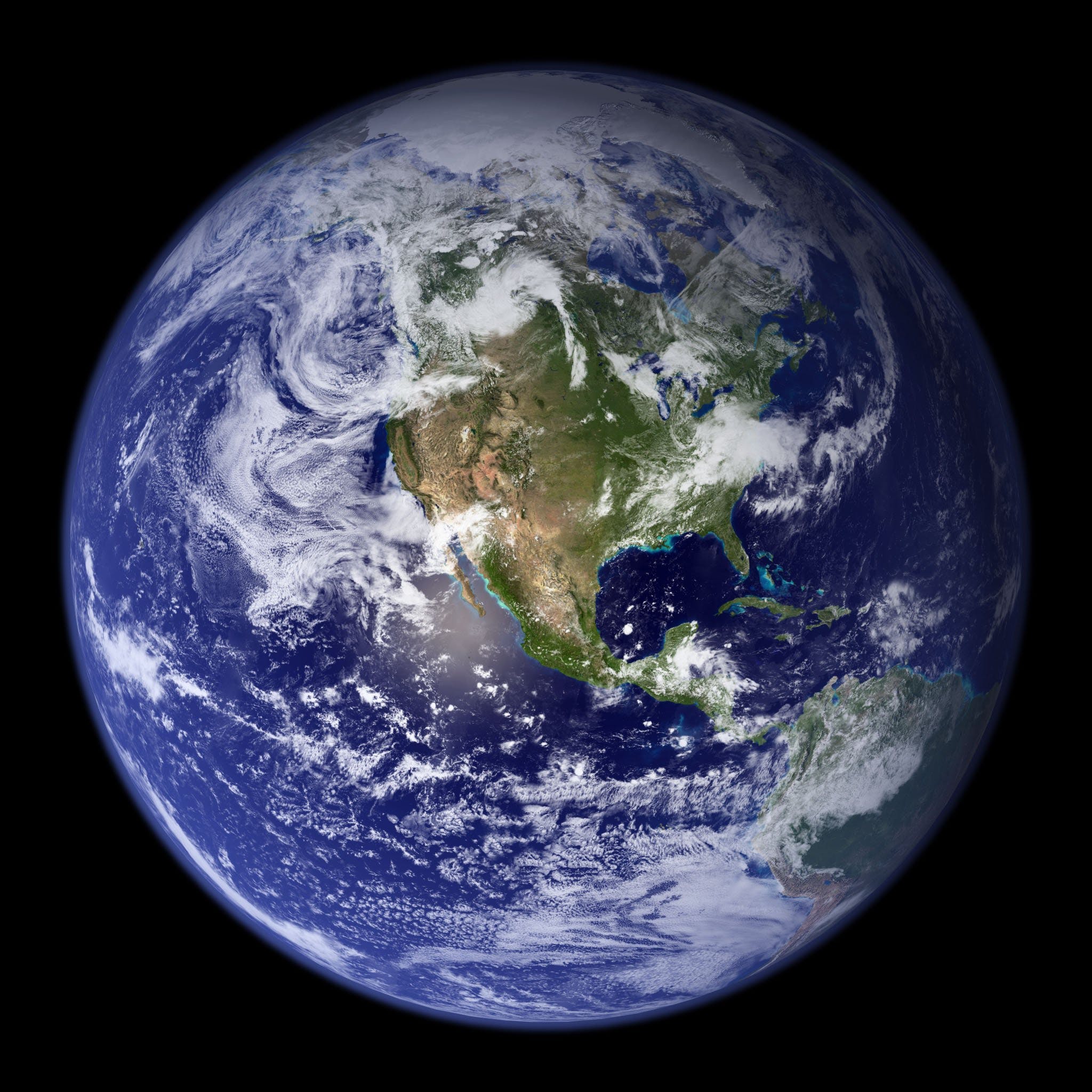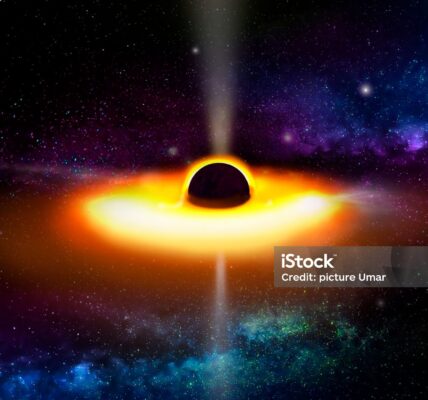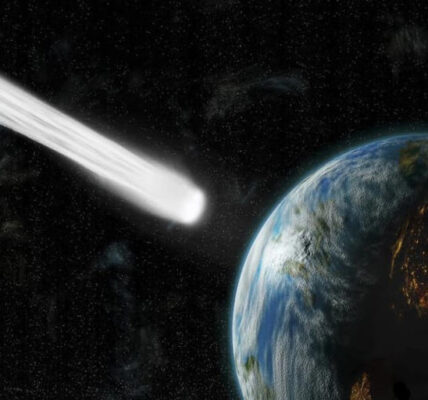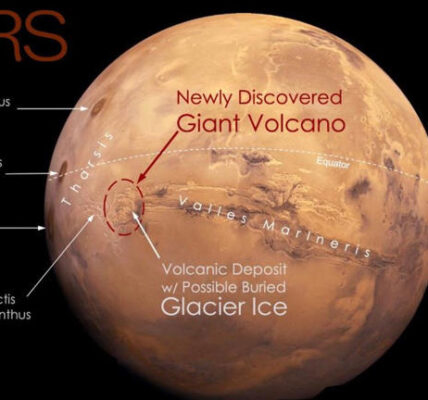Hubble Tension Controversy deepens with new James Webb Space Telescope (JWST) findings, revealing potential measurement errors in the universe’s expansion rate and raising new questions about our understanding of the cosmos.
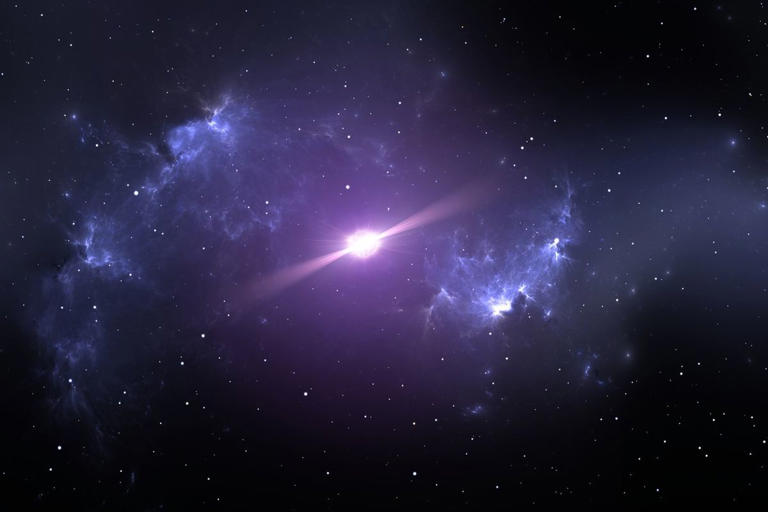
Hubble Tension Controversy: A New Cosmic Puzzle
The Hubble tension controversy has become one of the most debated topics in modern cosmology. It revolves around conflicting measurements of the universe’s expansion rate, which seem to differ depending on the method used. For years, astronomers have struggled to reconcile these differences, leading to a fundamental question: is our understanding of the universe correct, or are these discrepancies simply the result of measurement errors?
The James Webb Space Telescope (JWST), with its unprecedented precision, has brought new insights into the issue. However, recent findings suggest that the Hubble tension controversy might be more complex than initially thought. The latest study introduces the possibility that some measurements may be flawed, leading to a renewed debate among scientists.
What Is the Hubble Tension?
The Hubble tension controversy refers to the inconsistency between two primary methods of measuring the universe’s expansion rate, known as the Hubble constant. The first method looks at the early universe, while the second examines more recent cosmic events.
One of these methods involves studying the cosmic microwave background (CMB), which is the afterglow of the Big Bang. This radiation is used to estimate the expansion rate of the universe shortly after its birth. Using data from the Planck satellite, scientists calculated a Hubble constant of around 67 kilometers per second per megaparsec (km/s/Mpc), a number that fits well within the existing model of the universe’s evolution.
The second method focuses on Cepheid variable stars, which are pulsating stars whose brightness can be used to measure distances in the universe. By studying these stars and their relationship to nearby supernovae, astronomers can estimate the universe’s expansion rate in more recent times. However, this method consistently yields a higher value, around 73.2 km/s/Mpc. This discrepancy between the two values is the core of the Hubble tension controversy.
How the James Webb Space Telescope Came Into Play
When the James Webb Space Telescope (JWST) launched in 2022, many scientists hoped it would help solve the Hubble tension controversy. With its advanced capabilities, JWST can observe distant galaxies with incredible accuracy, providing new data to re-examine the expansion of the universe.
One of the first teams to use JWST focused on confirming the higher expansion rate found through Cepheid stars. Their results seemed to support the Hubble tension, confirming a faster-than-expected expansion. However, a more recent study led by Wendy Freedman, an astrophysicist at the University of Chicago, has called these findings into question.
Freedman and her team argue that the Hubble tension controversy might stem from systematic errors in the Cepheid measurements. They suggest that dust, gas, and other nearby stars may interfere with the accuracy of the Cepheids’ brightness, skewing the data and creating the illusion of tension where there may be none.
In their latest study, Freedman and her colleagues used JWST to examine 11 nearby galaxies containing Type Ia supernovae. These supernovae are important because they serve as reliable “standard candles” for measuring cosmic distances. The team compared the distances of these supernovae using three different methods: Cepheid stars, Tip-of-the-Red-Giant-Branch (TRGB) stars, and J-region Asymptotic Giant Branch (JAGB) stars.
The results were surprising. While the TRGB and JAGB stars gave Hubble constants of 69.85 km/s/Mpc and 67.96 km/s/Mpc, respectively, the Cepheid stars produced a higher value of 72.04 km/s/Mpc. This discrepancy once again highlighted the Hubble tension controversy, but the differences were less dramatic than previous studies had suggested.
Freedman believes this points to a potential problem with the Cepheid method. According to her, the crowded environments around Cepheid stars could lead to errors in measuring their brightness. This would affect the calculations of their distances and, by extension, the expansion rate of the universe.
Challenges to the New Findings
Not everyone agrees with the conclusions drawn by Freedman and her team. Adam Riess, a professor of astronomy at Johns Hopkins University, who has been a prominent figure in the Hubble tension controversy, suggested that the sample used in Freedman’s study might be too small to draw definitive conclusions. He pointed out that Freedman’s team selected galaxies from a narrower range of distances, which could explain why their results differ.
Riess argues that the difference in the Hubble constant might not be due to systematic errors, but rather the specific galaxies Freedman’s team studied. He maintains that Cepheid measurements are still a reliable way to estimate the expansion rate, and that the Hubble tension controversy remains unresolved.
Freedman counters that while the sample may be small, the results still raise important questions about the reliability of Cepheid measurements. She believes that the corrections made for crowding, dust, and other factors could introduce larger errors than previously thought, and these errors may be responsible for the Hubble tension controversy.
What’s Next for the Hubble Tension Controversy?
The Hubble tension controversy is far from settled, and more data is needed to reach a definitive conclusion. Freedman suggests that further studies using different types of stars, such as the JAGB and TRGB stars, could help clarify the issue. These stars are less affected by crowding and other factors, making them more reliable for measuring distances.
Both sides agree that more observations are necessary to determine whether the Hubble tension is real or the result of measurement errors. With the James Webb Space Telescope continuing to provide high-quality data, scientists hope to resolve this debate in the coming years. However, it’s possible that new findings could complicate the picture even further, leading to more questions about the nature of the universe’s expansion.
Freedman remains optimistic about the future of this research. She believes that JWST’s precision will allow astronomers to make significant strides in understanding the Hubble tension controversy. As more data becomes available, we may finally uncover whether the universe is expanding faster than we thought, or if the tension is simply a product of our observational limits.
Conclusion: A Cosmic Mystery Still Unfolding
The Hubble tension controversy remains one of the biggest challenges in cosmology. While the James Webb Space Telescope has provided new insights into the problem, it has also raised new questions. The possibility that measurement errors, particularly in Cepheid stars, could be responsible for the tension is an intriguing development.
As scientists continue to explore this cosmic mystery, the debate will likely continue for years to come. For now, the Hubble tension controversy remains a tantalizing puzzle, one that could reshape our understanding of the universe’s expansion—or simply remind us of the challenges inherent in studying the cosmos.
Related:
“Black Hole X-Ray Flares: 7 Amazing Discoveries That Will Blow Your Mind!”
